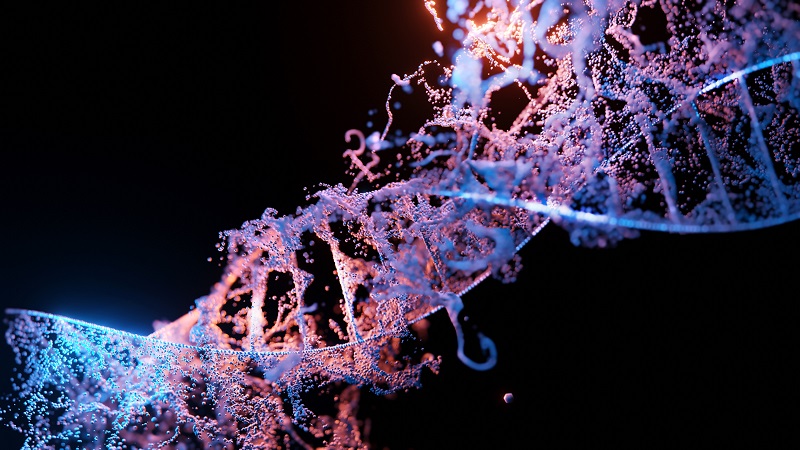Plant growth is driven by light and is powered by photosynthesis of green leaves. The same is true for roots that grow in the dark—they receive the products of photosynthesis, specifically sucrose, or sugar, through a central transport pathway in the phloem. Dr. Stefan Kircher and Prof. Peter Schopfer from the Faculty of Biology at the University of Freiburg have shown in experiments using the model plant Arabidopsis thaliana that sucrose not only ensures the supply of carbohydrates to the roots, but also acts as a signal transmitter for the formation of light-dependent root structures. It does this in two ways: First, sucrose directly directs the elongation of the taproot. Second, sucrose is transported to the root tip, which then regulates the production of the plant hormone auxin. This hormone drives the rate of new lateral root formation, synchronized with the elongation of the main root by joint signal transmitters. “This allows root growth to adapt to changes in light and other environmental conditions, such as a change from day to night, to the current photosynthetic performance of the leaf,” Kircher said.
To demonstrate that sucrose, produced through photosynthesis, was the decisive signal transmitter, Kircher and Schopfer placed plants in a room with light but no carbon dioxide (CO2) in the air, rendering photosynthesis impossible. The result is that no more lateral roots are formed. This result was confirmed in another experiment in which the two biologists treated leaves or roots with a sucrose solution in the dark. In both methods, lateral root development was the same as in light-exposed control plants. “These results show that sucrose production in leaves is necessary for lateral root formation. It confirms the hypothesis of sucrose as a signal transmitter for light stimulation,” says Kircher.
In earlier studies, the researchers had shown that auxin, produced in roots from the amino acid tryptophan, drives the rate at which new lateral roots develop. Kircher and Schopfer now show how sucrose triggers this process. To do this, they kept the plants in a dark room for two days and performed various experiments to discover their effect on lateral root formation. Applying tryptophan to the roots at the same time as treating the leaves with sucrose worked best. In contrast, if tryptophan was applied to leaves or roots without sucrose, it had little effect. “These observations confirm that auxin synthesis can be triggered by sucrose produced through photosynthesis,” Kircher said.
Collected by Lifeasible. Lifeasible offers targeted sugar determination services for certain sugars, including lactose, sucrose, and lactulose.




